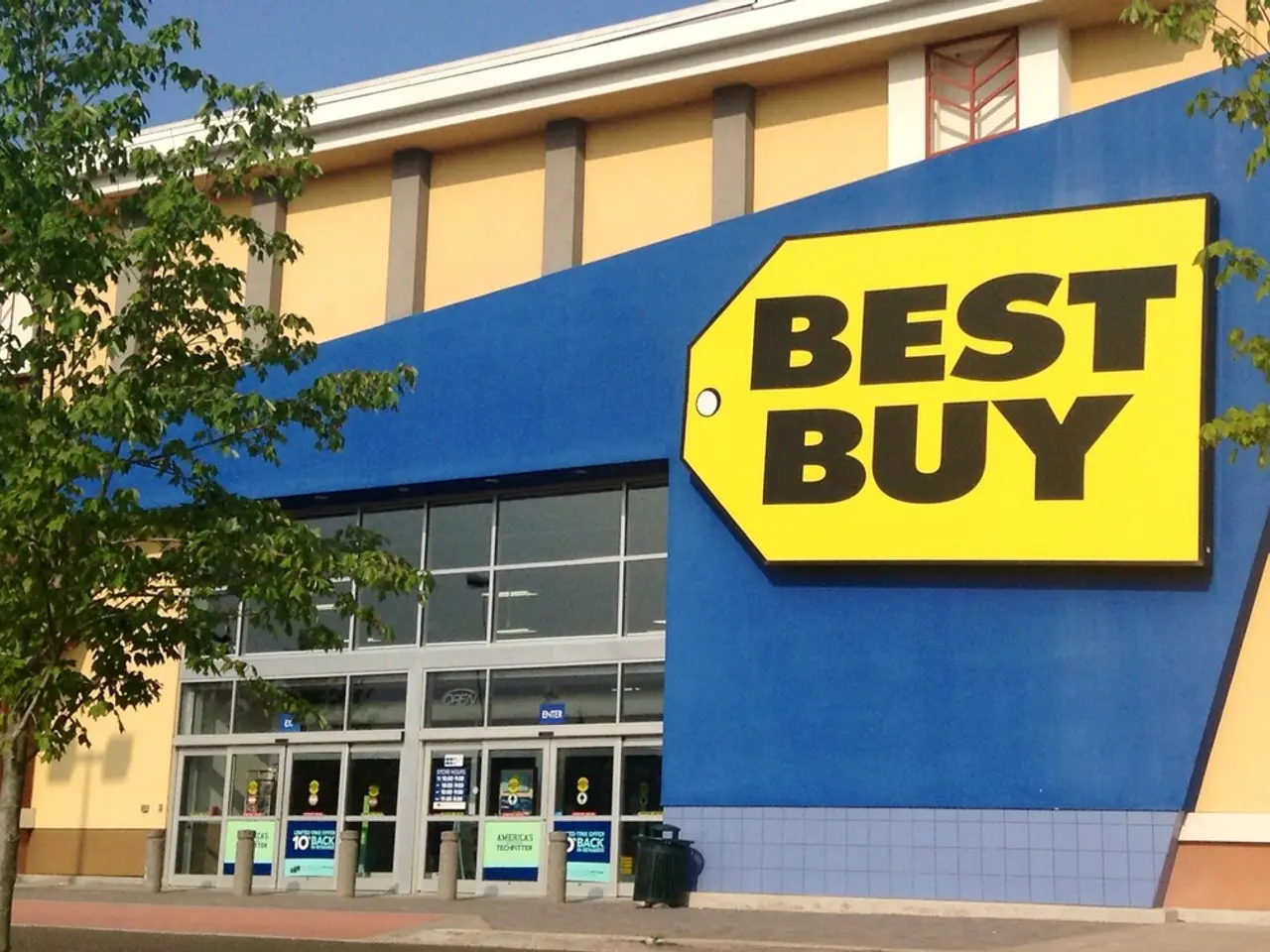Lower-priced raw materials and resources' impact on a business's market position
In the competitive business landscape, low-cost producers often thrive by selling standard products to the mass market, benefiting from economies of scale. However, there are alternative strategies that businesses can employ to achieve a competitive advantage, as outlined in Michael Porter's framework of generic competitive strategies and supplemented by modern approaches.
One such strategy is Differentiation. By offering unique and distinct products or services, firms can charge premium prices and attract a specific customer segment. Differentiation can stem from superior quality, innovation, brand image, technology, or customer service, creating a competitive edge that enhances profitability and customer loyalty.
Another strategy is Focus. This approach concentrates on serving a particular niche or segment of the market better than competitors. Cost Focus involves competing on cost within a narrow market segment, while Differentiation Focus offers specialized, unique products or services tailored for the targeted group. These strategies allow firms to utilise their deep knowledge of the niche to satisfy customer needs more effectively than broad competitors.
Strategic Differentiation Beyond Products can also provide a unique competitive advantage. By identifying and leveraging core strengths, such as innovative product features, exceptional customer service, or distinctive brand positioning, companies can create a barrier to entry that competitors find hard to replicate.
Moreover, community impact and corporate social responsibility can serve as differentiators, strengthening brand reputation, customer loyalty, and stakeholder trust. These positive social contributions can extend a company's competitive advantage beyond price and product features.
The table below summarises these alternative competitive strategies:
| Strategy | Focus | Key Advantage | |---------------------------|------------------------------------------------------------------|---------------------------------------------------------| | Differentiation | Unique products/services across broad market | Premium pricing, customer loyalty | | Cost Focus | Lowest cost in niche market | Cost-efficient targeting of specific customer needs | | Differentiation Focus | Unique products/services in niche segment | Tailored value, less direct competition | | Community Impact | Social/environmental engagement impacting brand perception | Enhanced reputation and long-term stakeholder loyalty |
These strategies complement or serve as alternatives to cost leadership by emphasising uniqueness, specialisation, or societal contributions rather than solely competing on price and cost efficiency. Under a differentiation strategy, a company can achieve the same total revenue as a cost leadership strategy by selling less volume but with higher profit margins.
In conclusion, businesses have various strategies at their disposal to achieve a competitive advantage. While cost leadership remains a popular strategy, differentiation, focus strategies, strategic differentiation beyond products, and community impact offer alternatives that can help companies stand out in the market and secure long-term success.
In the context of alternative strategies to achieve a competitive advantage, businesses can implement Differentiation by offering unique products or services and charging premium prices, attracting a specific customer segment and enhancing profitability. Furthermore, a Focus strategy, either Cost or Differentiation, allows companies to target niche markets more effectively, utilizing deep knowledge of the market to satisfy customer needs more efficiently than broad competitors.




